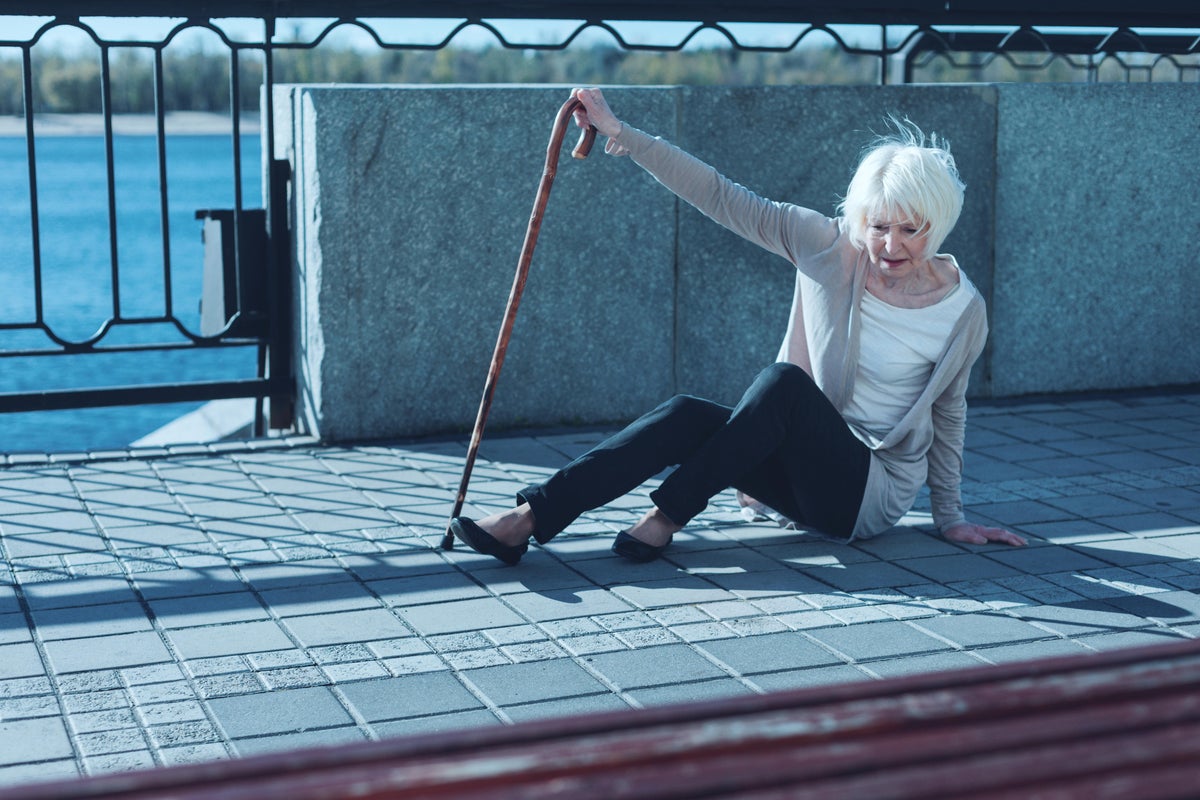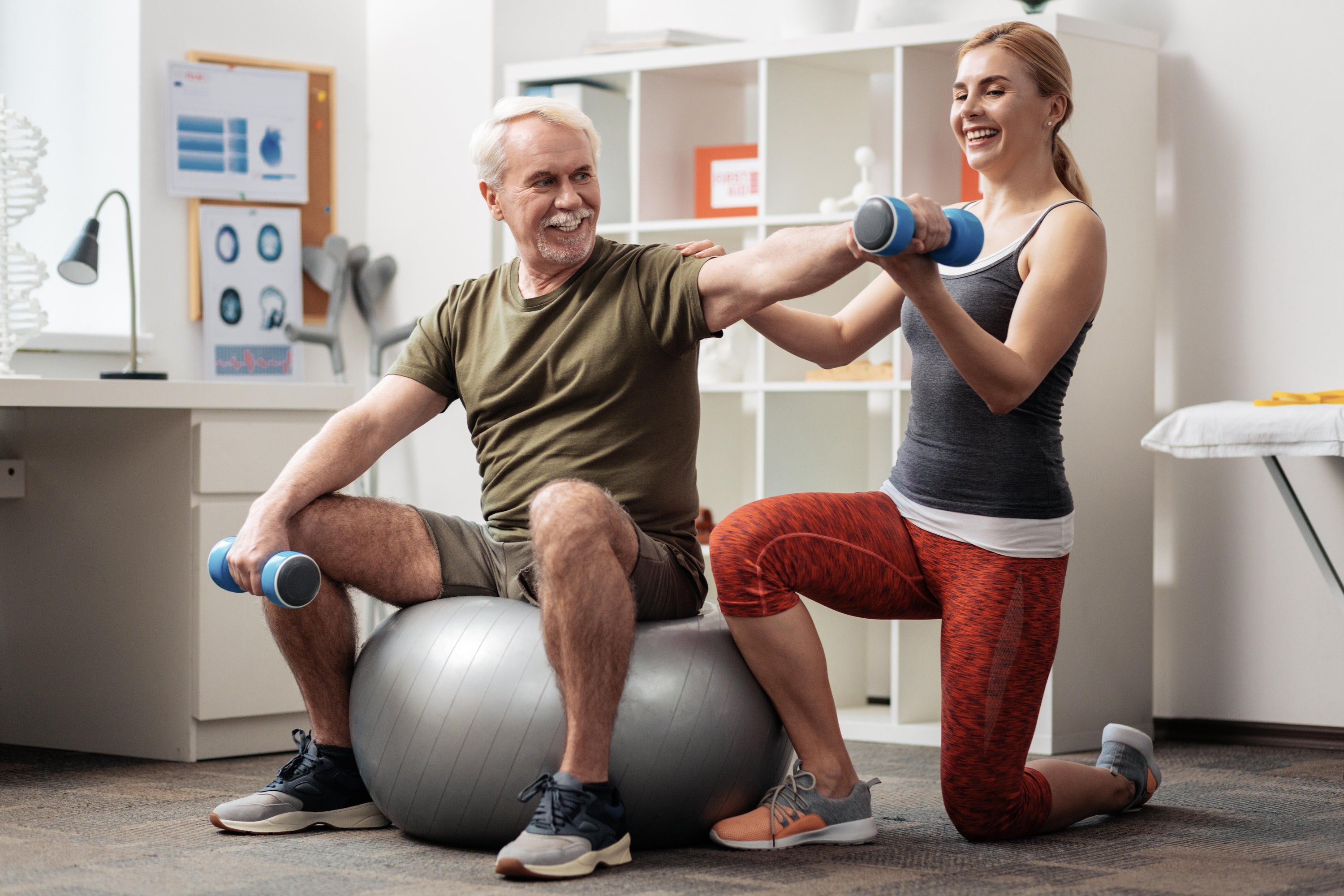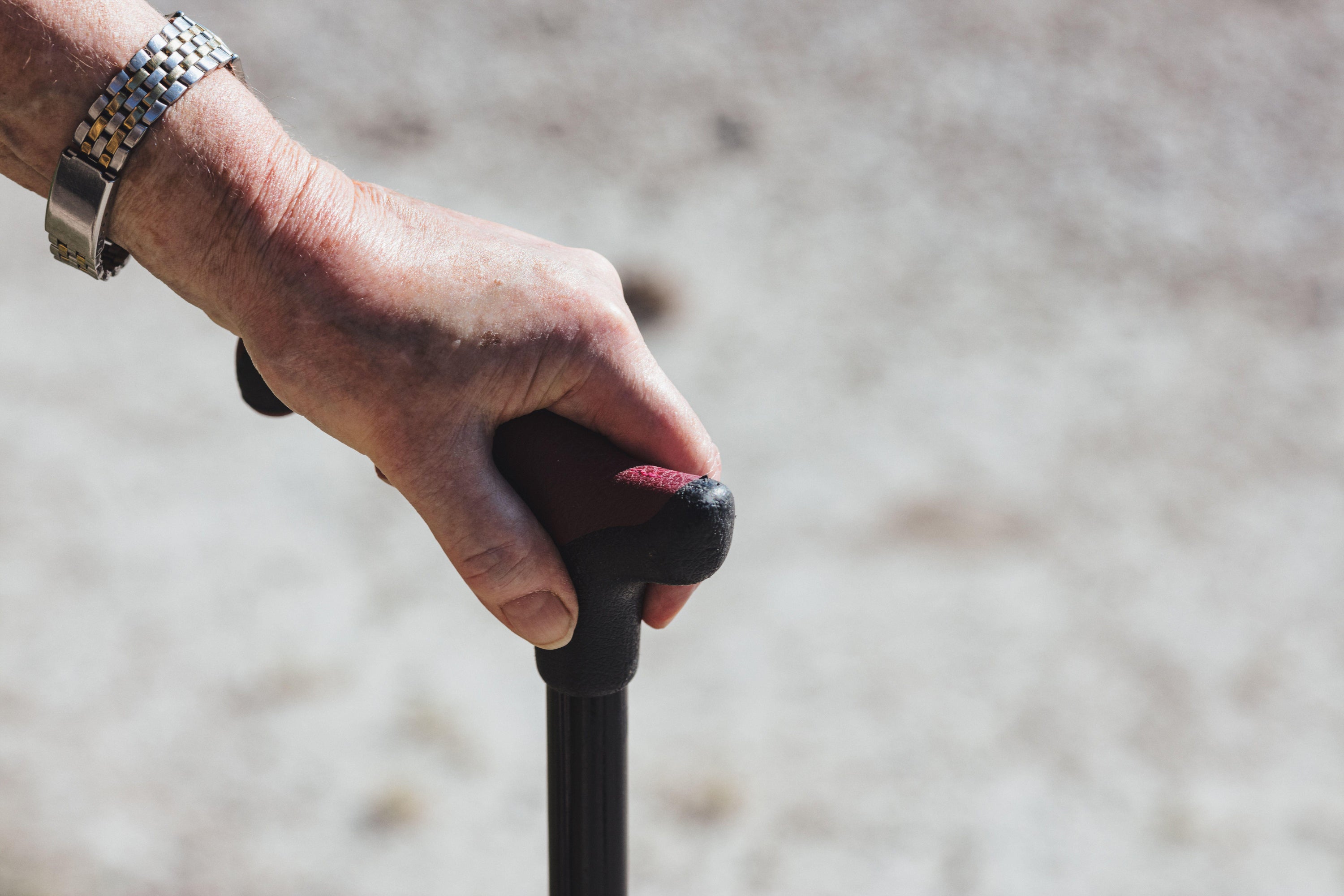How the elderly can minimise the risk of falls at home and outside

For older adults, falls at home – and out and about – are the most common cause of injury.
There are a number of reasons for this, from loose rugs to dimly lit stairways. It suggests that everyday surroundings can pose hidden risks that may lead to serious accidents.
However, a few practical changes and greater awareness can go a long way in making both indoor and outdoor spaces safer.
Leo Mathew, physiotherapist and rehabilitation service lead at Nellsar Care Homes, has shared some helpful tips on how to reduce the risk of falls in and out of the home to ensure greater confidence, independence and peace of mind.
Stay active
“When you get older your muscle strength tends to decrease, so staying physically active and exercising regularly is really important,” says Mathew. “Around 150 minutes, two and a half hours a week is the minimum amount of exercise we should be aiming for. This can be moderate exercise such as walking, wall push ups, heel to toe walking, cycling or sitting and standing chair exercises.”

Keep your bones strong
“Having stronger bones will help you recover quicker from a fall, otherwise you will end up with a fracture,” says Mathew. “Consider supplements to maintain bone density strength, like vitamin D or calcium supplements.”
Get your eyes tested
Poor eyesight can significantly increase the risk of falls, particularly in older adults.
“Check your vision,” advises Mathew. “Get an up-to-date prescription and make sure you wear the right glasses.”
Review your medication
“Reviewing medication is important so you can understand which medicine is causing what side effects,” says Mathew. “For example, some medications might be causing some dizziness which can contribute to falls, so managing that is very important.”
Remove hazards
“Often falls occur due to an environment issue, so you need to remove any hazards in your house because of people’s ability to tackle hazards tends to reduce as we age,” says Mathew. “Make sure you don’t have any loose rugs, trailing wires or rooms that are too cluttered or have loads of furniture in that you could trip over.”
Deal with slippery surfaces
“Slippery surfaces, especially in bathrooms, can cause falls so make sure you have something non-slippery like a non-slip mat or flooring to prevent this,” recommends Mathew.
Improve lighting
“Lighting is really important for reducing the risk of falls,” says Mathew. “Putting extra lights on the stairs or installing night lights/sensor lights in the hallways are good for when you need to get up at night.”
Install some handrails

“Install some handrails on both side of stairs and/or in your bathroom and landing area so you have something to hold onto,” suggests Mathew. “It’s all about understanding your ability and then installing something to protect you.”
Wear supportive footwear
“Wearing the wrong kind of footwear can cause people to fall,” says Mathew. “Footwear should be well-fitted, non-slip with supportive soles. Just wearing socks or slippers without grips around the house can be very slippery.”
Think about potential hazards outdoors
“It all about thinking about yourself, the environment and also knowing your limits,” says Mathew. “Think about when is the best time to go outside for a walk or errands. Is it light enough outside? Is the path safe? Is there any tripping hazards? Is the path level enough for my ability? It’s all about understanding what you can do and staying away from everything you can’t do.”
Consider using a walking aid
“Walking aids offer extra support while walking and should be used if you feel the need for it, or if you’ve been prescribed one, because they add more balance, control and protection,” explains Mathew.
Plan ahead
“Plan ahead to reduce the risk of fall,” recommends Mathew. “For example, keep things you frequently use in easy reach and allow yourself plenty of time to get to places.”
Identify the reasons behind previous falls
“Identify the reason that caused the fall,” advises Mathew. “It could be a health issue or it could be an issue of the environment or an accident. Once you understand the issue, you can then try to resolve it. For example, if your muscles were weak and that caused the fall, try to strengthen them.”
[title_words_as_hashtags



